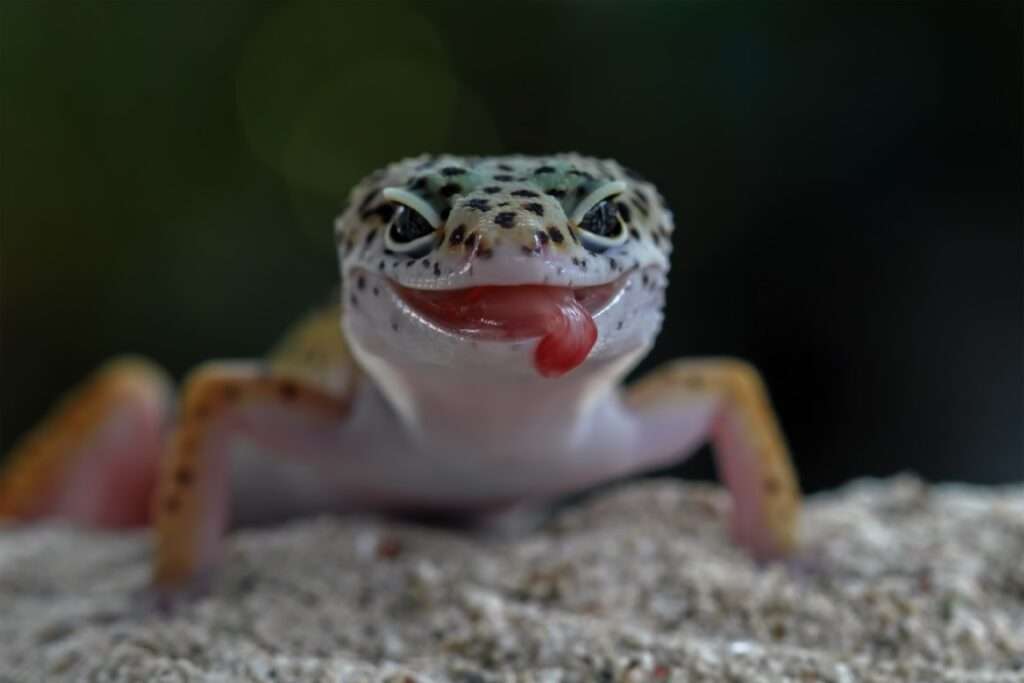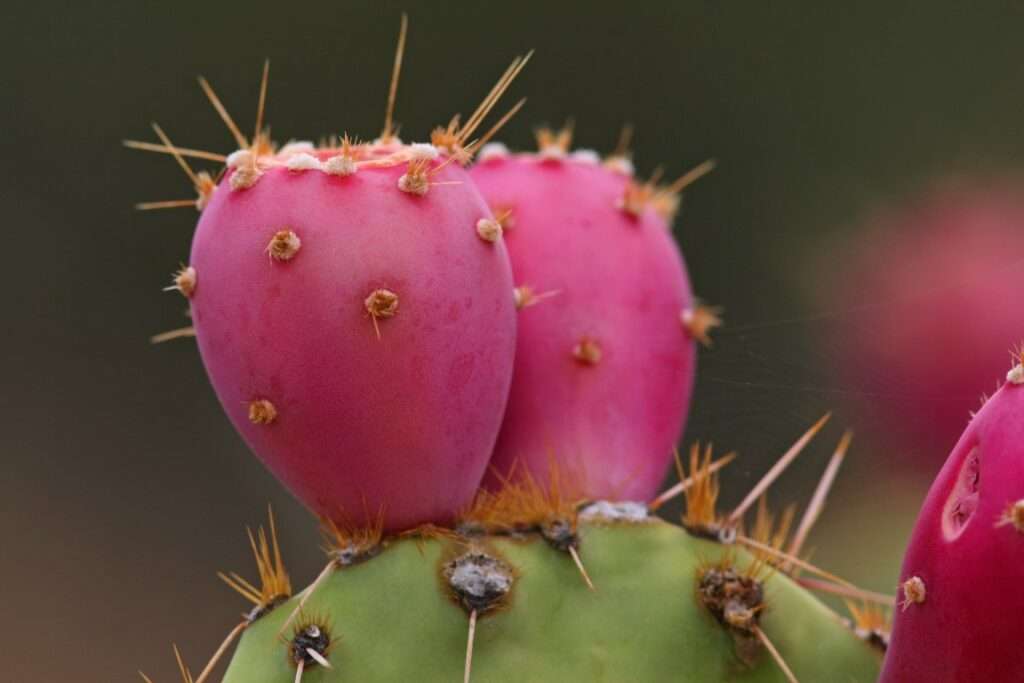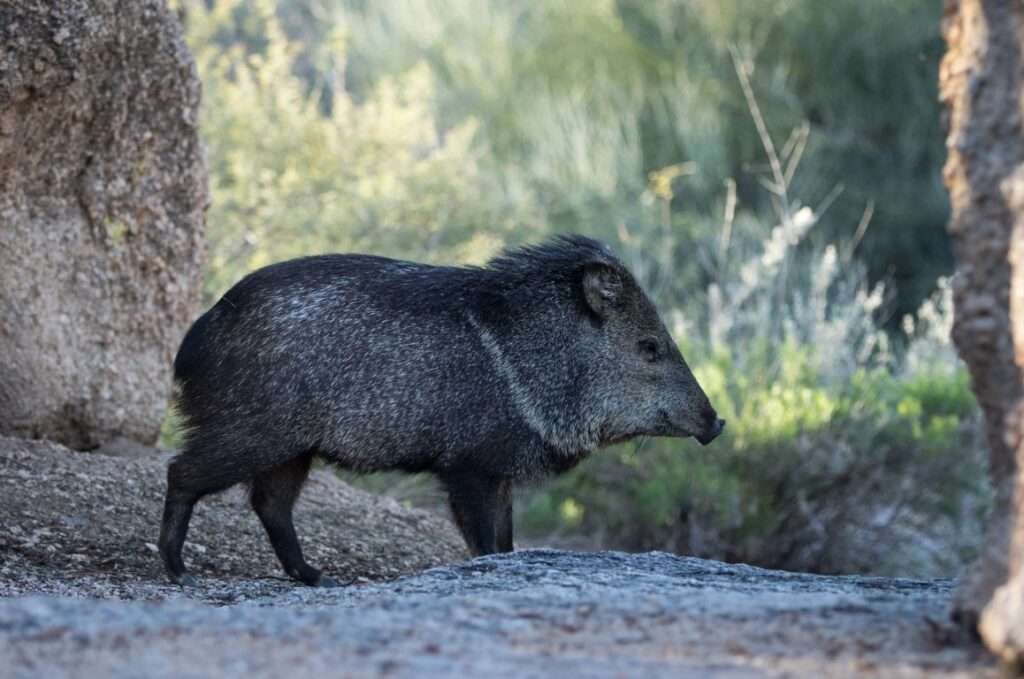Sedona's Best
About Sedona

SEDONA STATE PARKS
1. DEAD HORSE STATE PARK
AzStateParks.com/Dead-Horse
2. FORT VERDE HISTORIC PARK
AzStateParks.com/Fort-Verde
3. JEROME HISTORIC PARK
AzStateParks.com/Jerome
4. RED ROCK STATE PARK
AzStateParks.com/Red-Rock
5 .SLIDE ROCK STATE PARK
AzStateParks.com/Slide-Rock

NATIONAL MONUMENTS
1. GRAND CANYON NATIONAL PARK
www.nps.gov/grca
2. MONTEZUMA CASTLE NM
www.nps.gov/moca
3. MONTEZUMA WELL NM
www.nps.gov/moca
4. SUNSET CRATER NM
www.nps.gov/sucr
5. TUZIGOOT NM
www.nps.gov/tuzi
6. WALNUT CANYON NM
www.nps.gov/waca
7. WUPATKI NM
www.nps.gov/wupa

SEDONA CITY PARKS
BIKE SKILLS PARK
JORDAN HISTORICAL PARK
POSSE GROUNDS PARK
SEDONA DOG PARK
SUNSET PARK

Sedona’s famous formations have been slowly created for over 350 million years of time. From oceans to deserts to volcanic eruptions, Sedona’s geological events have been quite active, all contributing to the fascinating vistas we see today.
To understand the geological history of the area. imagine the surface of the land to be a gigantic layer cake about 5,000 feet (above sea level) high and about 150,000 square miles in an area called the “Colorado Plateau”. If we were to cut a slice of this cake. we would see about ten various layers of sedimentary rock signifying different geological events.
As you may notice in the diagram pictured here, the three formations, Schnebly Hill,
NATURE OF SEDONA
Just as rare as Sedona’s Beauty is the unusual diversity of plant and wildlife in this area. Due to a tremendous change in altitude of 2,000 feet, there are about eight plant communities from the top rim to the mouth of the canyon: Ponderosa Pine-fir Forests part of the larg-est in the world, Chaparral, Piñon-Juniper Woodland, Evergreen Oak Woodland, Arizona Cypress Woodland, Upper Riparian, Lower Riparian and Desert-Grassland. Many times, these communities overlap and form new ones called “ecozones.”
These varied communities, along with the dependable water supply from Oak Creek and West Fork, house over 300 species of vertebrate animals and over 55 types of mammals. In the remote areas, you may encounter black bear, mountain lions and bobcats. Within the city limits, it’s not unusual to see a coyote or even a javelina parade across the street! With 80 types of fish, amphibians, and reptiles you might meet up with harmless lizards known to scoot across the sidewalks in search of shade under a desert plant. The Sedona area boasts over 550 species of seed plants like the prickly pear cactus. It blooms with gorgeous colored flowers. Also, a useful plant (like most desert plants), the prickly pear bears a scrumptious fruit that residents turn into jellies and sauces. The agave or century plant sprouts a 12-foot asparagus-looking stem in just 7 days at the end of 25 years! The ancient Indians roasted this plant in pits. They ate it like we do artichokes and used the other leaves to make needles, thread, baskets, shoes, eating utensils, and more! Appearing at first glance to be barren, the desert and surrounding Sedona plant communities are bursting with beauty, fascinating wildlife and are alive with plants offering hundreds of uses from shampoos to food for man’s survival and comfort. If you’d like to explore Sedona’s various canyons and wildlife, check with the Forest Service or see our hiking section for further information.

Mountain Lion

Lizard

Prickly Pear Cactus

Javelina

